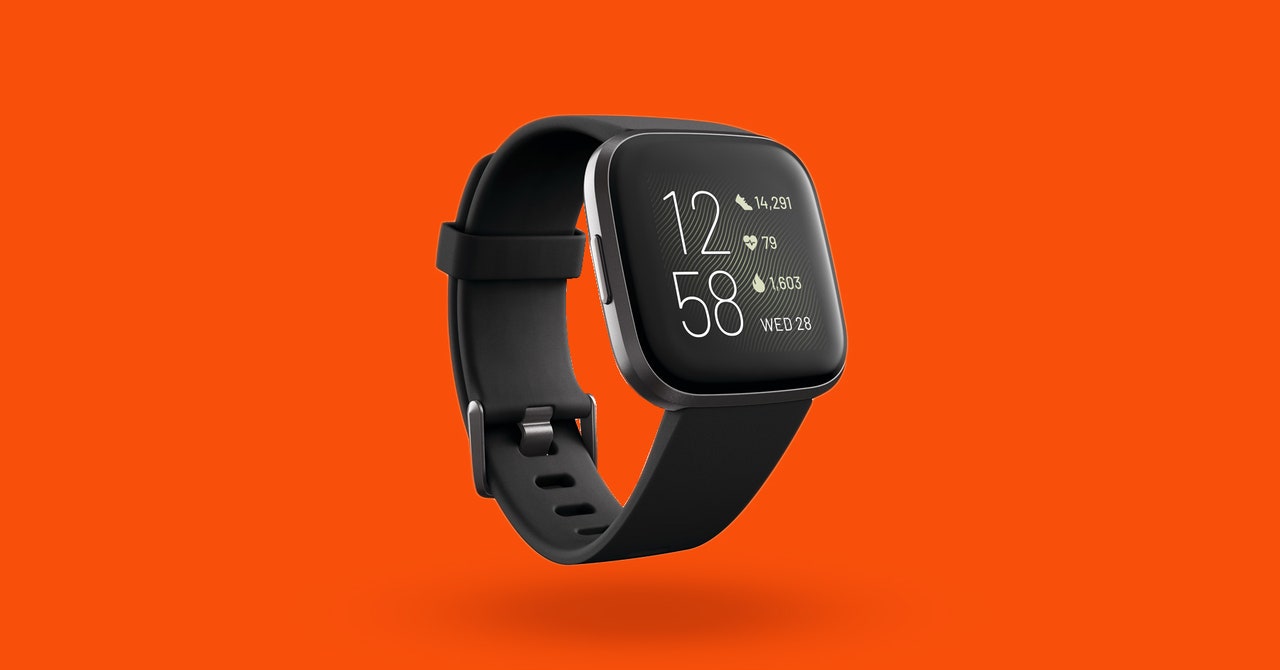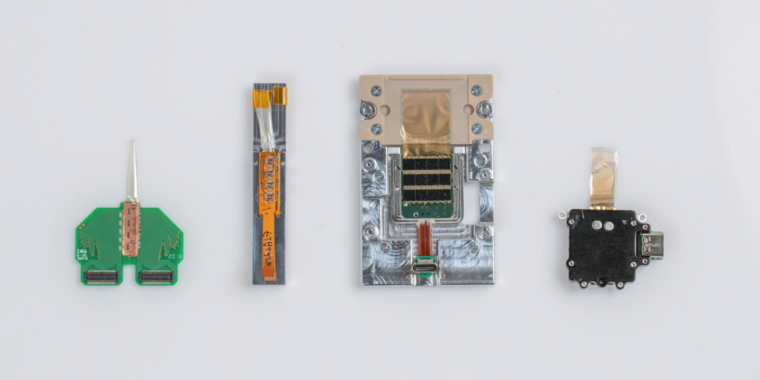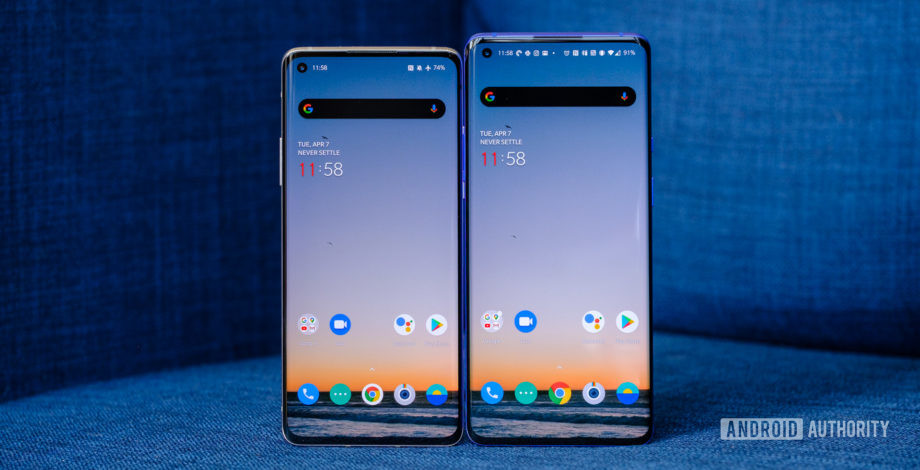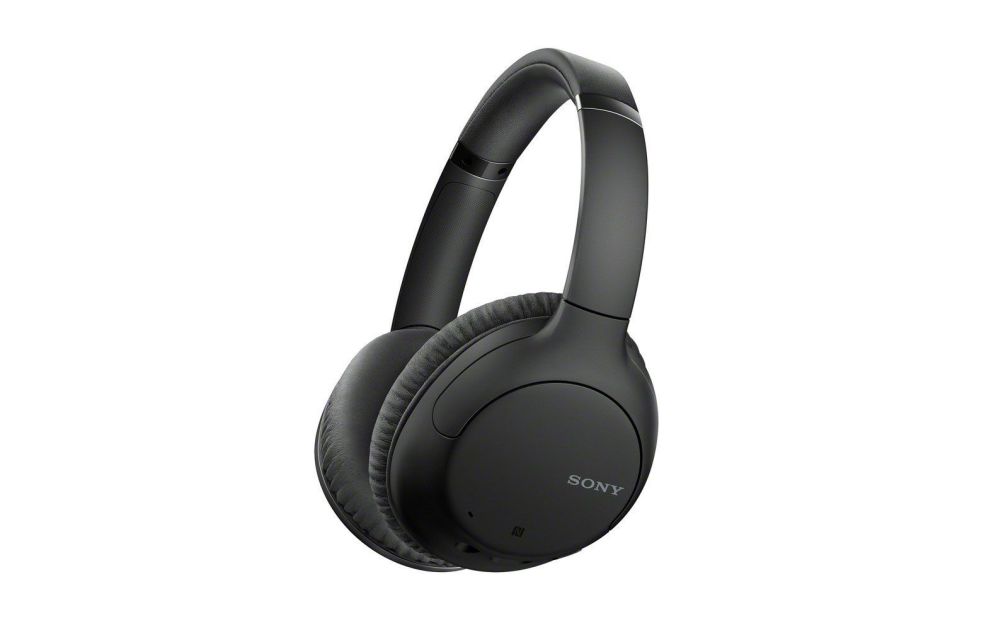Can a Wearable Detect Covid-19 Before Symptoms Appear?

The first thing you might notice about Michael Snyder is just how many gadgets he has strapped to his hands and wrists on any given day—an Apple Watch, a Fitbit, a Biostrap. The second is his enthusiasm for such devices. For more than a decade, Snyder, a biology researcher at Stanford University, has been using consumer wearables to determine whether these kinds of biosensors—and the data collected from them—can help track the onset of infections or illness.Now Snyder and his team are launching a new research project. It’s one that he hopes will eventually alert people that they might have viral illnesses, including Covid-19, up to two to three days before symptoms of the virus show up. The team of about a dozen researchers has just started soliciting participants for the study, after what Snyder described as a fast-tracked approval process through Stanford’s Institutional Review Board. They’re using software algorithms that have been trained on health patterns shared as part of a previous study, and they’re opening this new study up to data from different brands of consumer wearables—Fitbit, Apple Watch, and more.It’s an ambitious study, one made all the more complicated by how rapidly this particular virus spreads, the myriad symptoms of the novel coronavirus, the prevalence of asymptomatic carriers, the lack of available testing (which could make it challenging to confirm if and when the study participants have contracted Covid-19), and the inconsistencies in biometric tracking across different brands of wearable devices.But Snyder’s group is not limiting the study to tracking just Covid-19, nor is it not alone in its efforts. Researchers at UC San Francisco have equipped health care workers with “smart” Oura rings, which track heart rate and nighttime respiratory rate, with the goal of building an algorithm that would help track Covid-19. And Scripps Research Translational Institute will be sucking in data from Fitbits, Apple Watches, and other wearables to help with “real-time surveillance of contagious respiratory illnesses.” In some cases, these disparate research teams might eventually merge data.“We’d like to impact the current pandemic by detecting Covid-19, but we’re also hoping this is a general detection tool, because even before Covid-19 that was the goal,” says Snyder. “In the next phase, maybe we’ll be able to tell you, ‘Your heart rate is up, maybe you don’t want to go into work that day.’”Read all of our coronavirus coverage here.Snyder believes that heart rate is the physiological signal that will be most significant in this newly-launched study, which Fitbit has donated 1,000 activity trackers for. Based on previous studies, including one that focused on collecting heart rate and oxygen saturation levels during airline flights, Snyder says his team has been able to detect when people are fighting some kind of infection before they’re symptomatic because their baseline heart rates have gone up.“I know some people are focused on [tracking] skin temperature, and there’s no question that has value, but wearables are sampling heart rate more frequently,” he says. Even if a wrist wearable doesn’t record a baseline heart rate or active heart rate with 100 percent accuracy, it’s the variation in measurements—the delta, as Snyder puts it—that will be most telling.Stanford hopes to attract thousands of participants who either have been wearing a smartwatch for awhile and can share past data, or who will start to wear one now and establish a baseline for heart rate. The study is “device-agnostic”; if it’s not a Fitbit, an Apple Watch or Garmin watch with heart rate sensors will work too. Based on all of this data, the goal is to build a new algorithm that could spot unusual patterns in heart rate data, possibly tipping people off to when their bodies have started to fight an infection.They’re not starting from scratch. That report Snyder published back in 2017, the one that showed a correlation between deviation patterns in physiological signals and the body’s inflammatory response, helped pave the way. Snyder’s team gathered 2 billion measurements from 60 people, all who were wearing consumer smartwatches. A postdoctoral scholar, Xiao Li, developed an algorithm for that study, called the “change of heart” algorithm. Snyder’s latest research will build off of this.Scripps Research is doing something similar. In late March it put out a call for Fitbit, Apple Watch, Garmin, or Amazfit wearers to download a Scripps-designed mobile app and join a new prospective study called Detect. The researchers say they plan to track participants’ heart rate, sleep, and overall activity patterns to try to detect the emergence of “influenza, coronavirus, and other fast-spreading viral illnesses.”Again, it’s not the first time Scripps has launched this kind of study. But now there’s an added urgency and increased interest on the funding side because of Covid-19. Earlier this year, Scripps, in collaboration with Fitbit, published the results of a two-year study on influenza tracking. The researchers analyzed Fitbit data from more than 47,000 users in five states, paying particular attention to increases in resting heart rate and abnormal sleep patterns; then compared that sensor data to weekly estimates of flulike illnesses at the state level as reported by the CDC. The Fitbit data significantly improved flu-prediction models, the researchers concluded.“Our overall goal isn’t Covid-specific. We really want this Detect platform to help public health responders and individuals in the study identify when they’re getting a viral illness, whether it’s Covid-19, flu, or something else,” says Jennifer Radin, an epidemiologist at Scripps’ Digital Medicine Division and the lead author on the previous influenza study. “But I think especially as we go into summer and other respiratory illnesses such as flu decline, I think more of the cases that we’re seeing that report Covid or flu-like symptoms will likely be from Covid versus other respiratory infections.”“The basic idea is that in the future, it would be nice if we had some intelligence in our health infrastructure around who’s getting sick where,” says Benjamin Smarr, a bioengineering researcher at UC San Diego. “Individuals want to know that, as a society we want to know that, and these wearables right now are the best way to get that data. So in some ways this is a test case for whether we can rally around Covid as a way of smoothing out public-private partnerships, the ways in which individuals share data, and from there come up with the physiological patterns that identify Covid.”Smarr’s data science lab at UC San Diego has been tapped to process the data that’s being collected as part of the new TemPredict study at UC San Francisco. TemPredict isn’t relying on smartwatches, but smart rings: The $299 Oura ring, which its makers claim is one of the most accurate consumer activity and sleep trackers out there. It tracks respiratory rate in addition to heart rate. USCF plans to provide 2,000 health care workers with the ring, which has to be custom fitted through a take-home kit, and then says it will expand the study to the general population. As with the other studies, the researchers say they’ll build an algorithm to identify “patterns of onset, progression, and recovery, for COVID-19.”Should I Stop Ordering Packages? (And Other Covid-19 FAQs)Plus: What it means to “flatten the curve,” and everything else you need to know about the coronavirus.It may seem obvious, but at this point we’re still a long way from your Fitbit or Apple Watch alerting you that you have Covid-19. Most researchers who spoke to WIRED were careful not to over-promise, emphasizing that these studies with wearables might help identify changes in physiological signals, and that those changes might point to illness, and that could include coronavirus, but that the findings may not be specific to coronavirus.There are all kinds of other complications that could affect the methodology and outcomes of these studies. The first, something Snyder referenced, is the wearables themselves. While Apple Watches, Fitbits, and other wearables all generally track the same metrics these days—your steps, your sleep, your heart rate—they may sample, or pull the data from your wrist, at different rates. This is particularly true with heart rate, which means researchers relying on that as a key piece of data have to build their own software tools to crunch the data drawn from different devices.Some wearables track respiratory rate; others do not. Many wearables, like Fitbit and Oura, are designed to be worn while sleeping; the Apple Watch is currently not. While some wearables measure skin temperature, they don’t measure core temperature; an elevated core temperature is one of the possible symptoms of Covid-19.There are plenty of external factors and biases that could influence these studies as well. Wearable users may not be representative of the general population; the previous Scripps study on influenza-like illnesses notes that “in general, owners of wearable devices are usually wealthier than the general population, potentially making them less likely to have comorbidities that could make them more susceptible to severe infections.” The same paper identifies several external factors that could affect a person’s health and trigger changes in resting heart rate and sleep, particularly in winter months. Holidays, changes in activity or weather, alcohol consumption, and increased stress could all play a part, and increase susceptibility to infection. And, again, that infection may not necessarily be Covid-19.The woeful lack of testing for Covid-19 in the US is also a real challenge for any research group right now. And currently, all Covid-19 diagnostic tests are biological, requiring a patient to supply body fluids. One study that was launched as a joint effort between the Rockefeller Neuroscience Institute, West Virginia University Medicine, and Oura plans to administer multiple Covid-19 tests to participants over a 12-week period. But those tests will be stored for processing at a later date. Otherwise, researchers may be relying on a combination of physiological signals, self-reported data (someone telling an app they don’t feel well, or that they developed a fever), and very scattered testing to try to spot meaningful patterns.“That’s why we need people [in the study] who have been tested or who are known to be Covid-19 positive,” says Snyder. “In the end we may only be able to say, ‘You’ve got some sort of respiratory viral infection.’” But Snyder also notes that his lab has teamed up with Stanford Health Care’s drive-through program to offer high-priority Covid tests to first responders—exactly the people Snyder hopes will slap on a wearable and enroll. “That’s the key. That’s not just grabbing for data. You’re valuable to us, but you’re not as valuable as if you’ve been tested.”WIRED is providing free access to stories about public health and how to protect yourself during the coronavirus pandemic. Sign up for our Coronavirus Update newsletter for the latest updates, and subscribe to support our journalism.More From WIRED on Covid-19Why are some people getting so sick? Ask their DNANew Yorkers, once again at ground zero, in their own wordsUn-miracle drugs could help tame the pandemicWIRED Q&A: We are in the midst of the outbreak. Now what?What to do if you (or a loved one) might have Covid-19Read all of our coronavirus coverage here
Read More




